
Deutsch-Chinesische Enzyklopädie, 德汉百科
 Madrid
Madrid

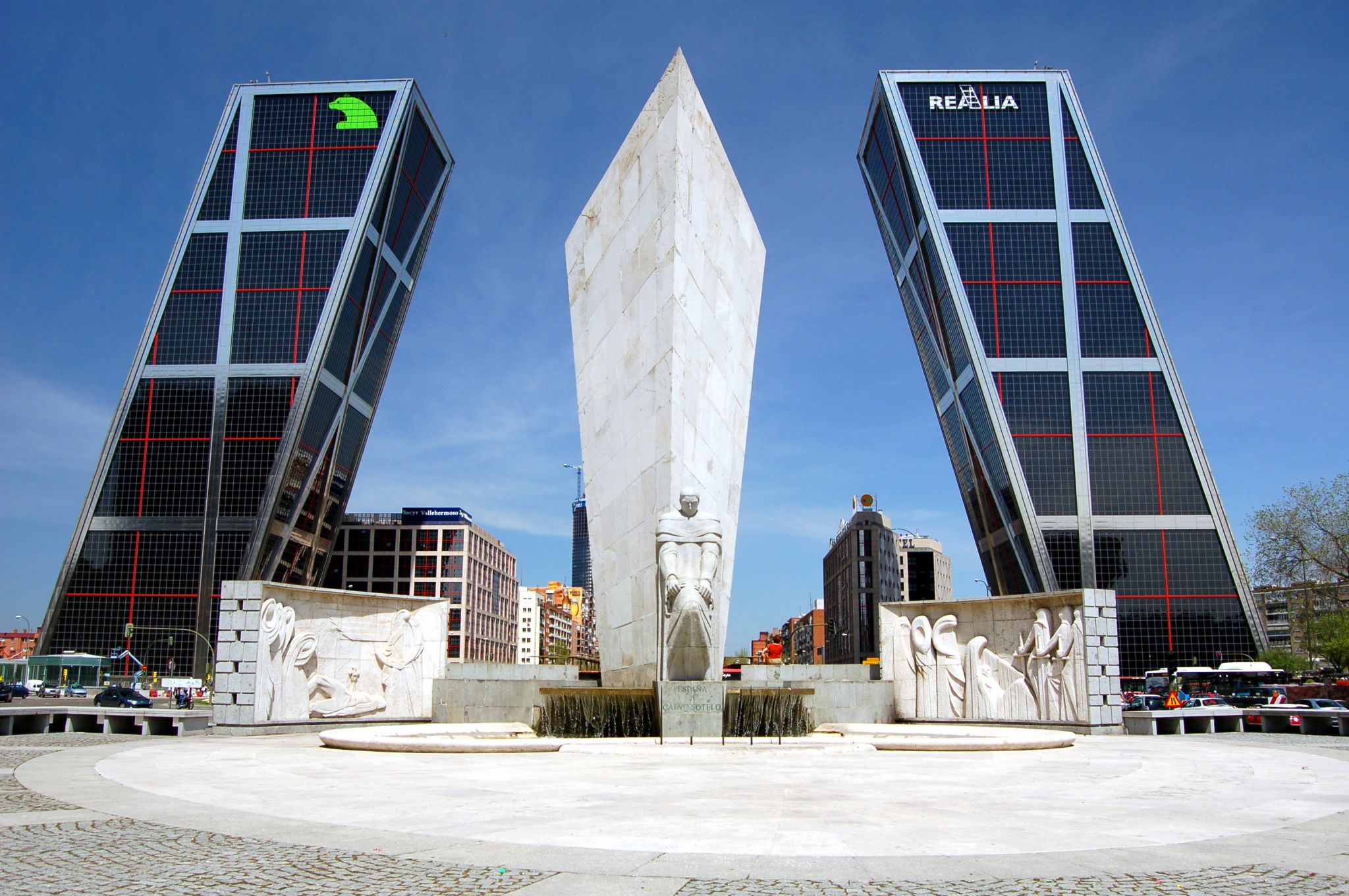

 Egypt
Egypt
 Algeria
Algeria

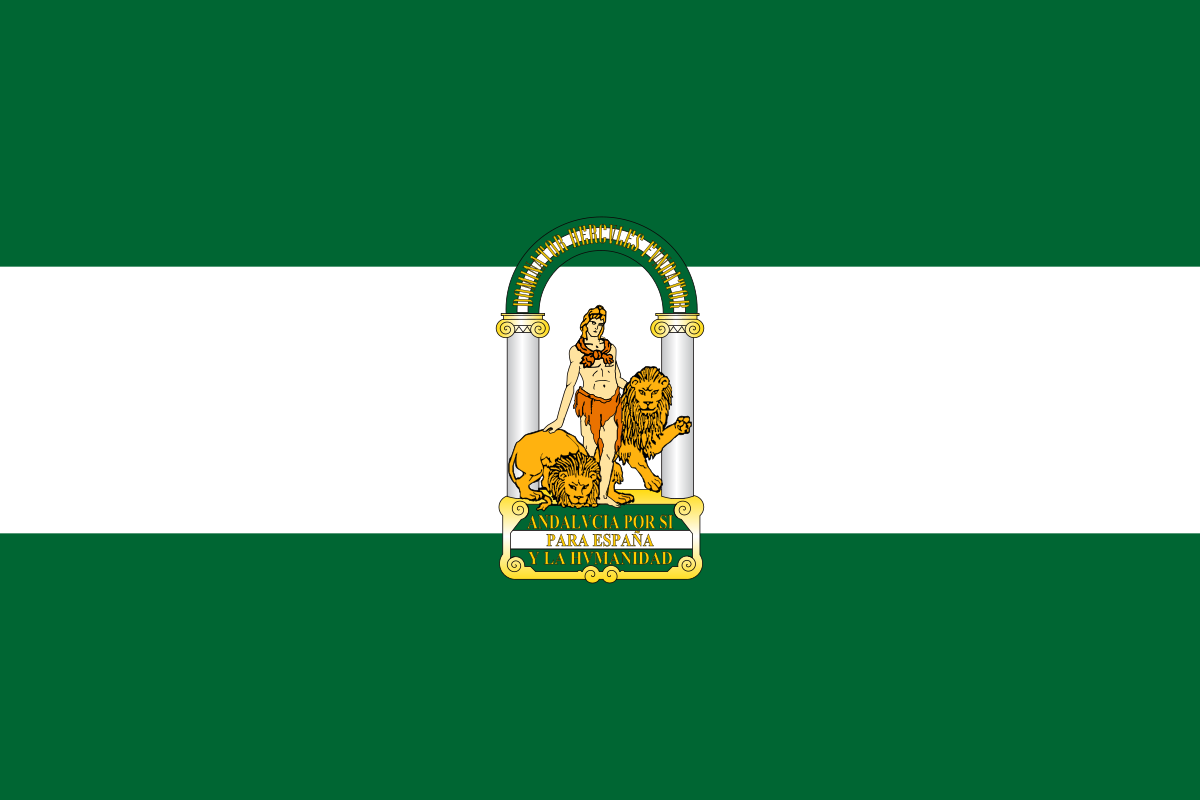 Andalusia
Andalusia
 Argentina
Argentina



 Automobile
Automobile



 Automobile
Automobile
 PEUGEOT
PEUGEOT



 Automobile
Automobile
 MINI
MINI



 Automobile
Automobile
 Volkeswagen
Volkeswagen



 Automobile
Automobile
 Kamaz
Kamaz



 Automobile
Automobile
 IVECO
IVECO



 Automobile
Automobile
 Mitsubishi
Mitsubishi



 Automobile
Automobile
 MAN
MAN



 Automobile
Automobile
 Tatra
Tatra



 Automobile
Automobile
 Hino
Hino



 Automobile
Automobile
 Citroën
Citroën



 Automobile
Automobile
 Porsche
Porsche



 Automobile
Automobile
 DAF
DAF



 Automobile
Automobile
 Mercedes
Mercedes



 Automobile
Automobile
 Renault
Renault



 Automobile
Automobile
 Land Rover
Land Rover

 Auvergne-Rhône-Alpes
Auvergne-Rhône-Alpes
 Bolivia
Bolivia

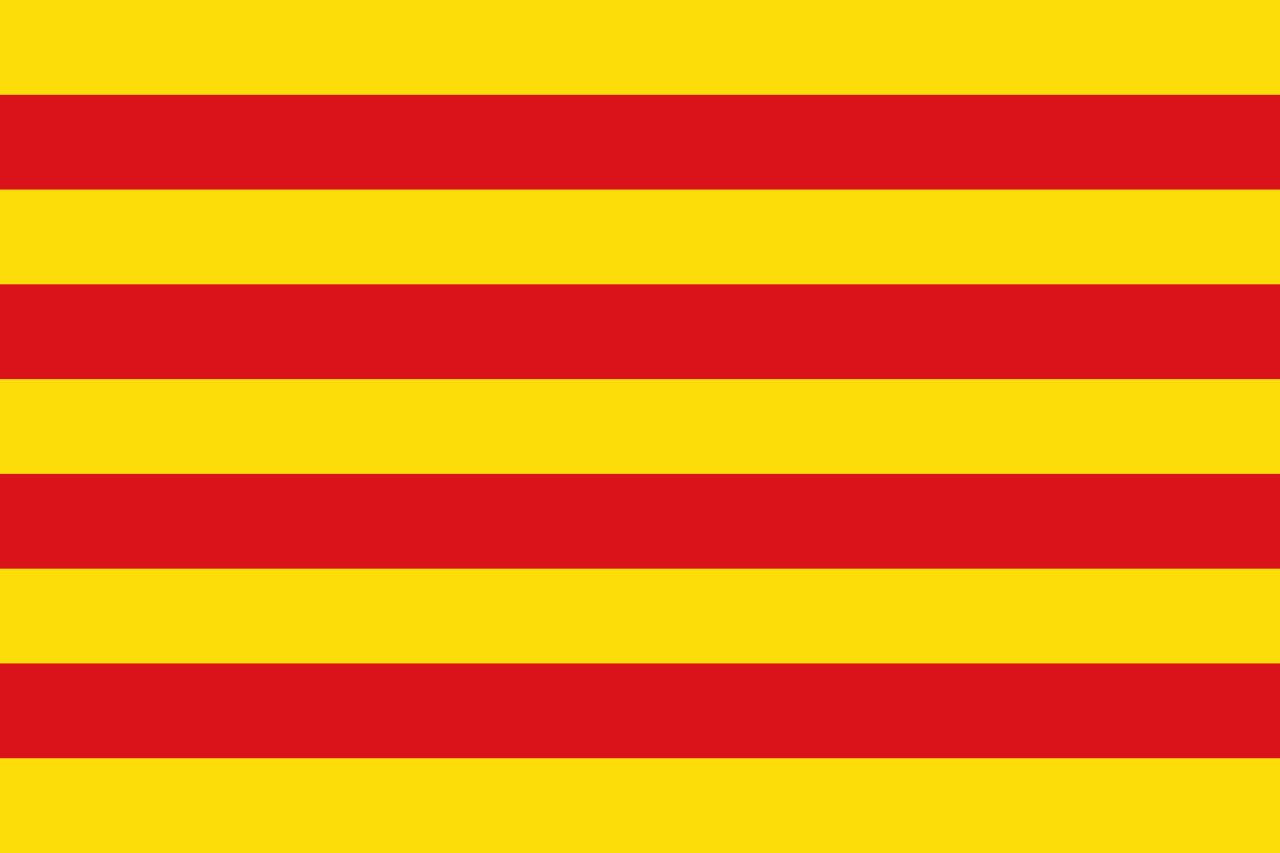 Cataluña
Cataluña
 Chile
Chile
 France
France

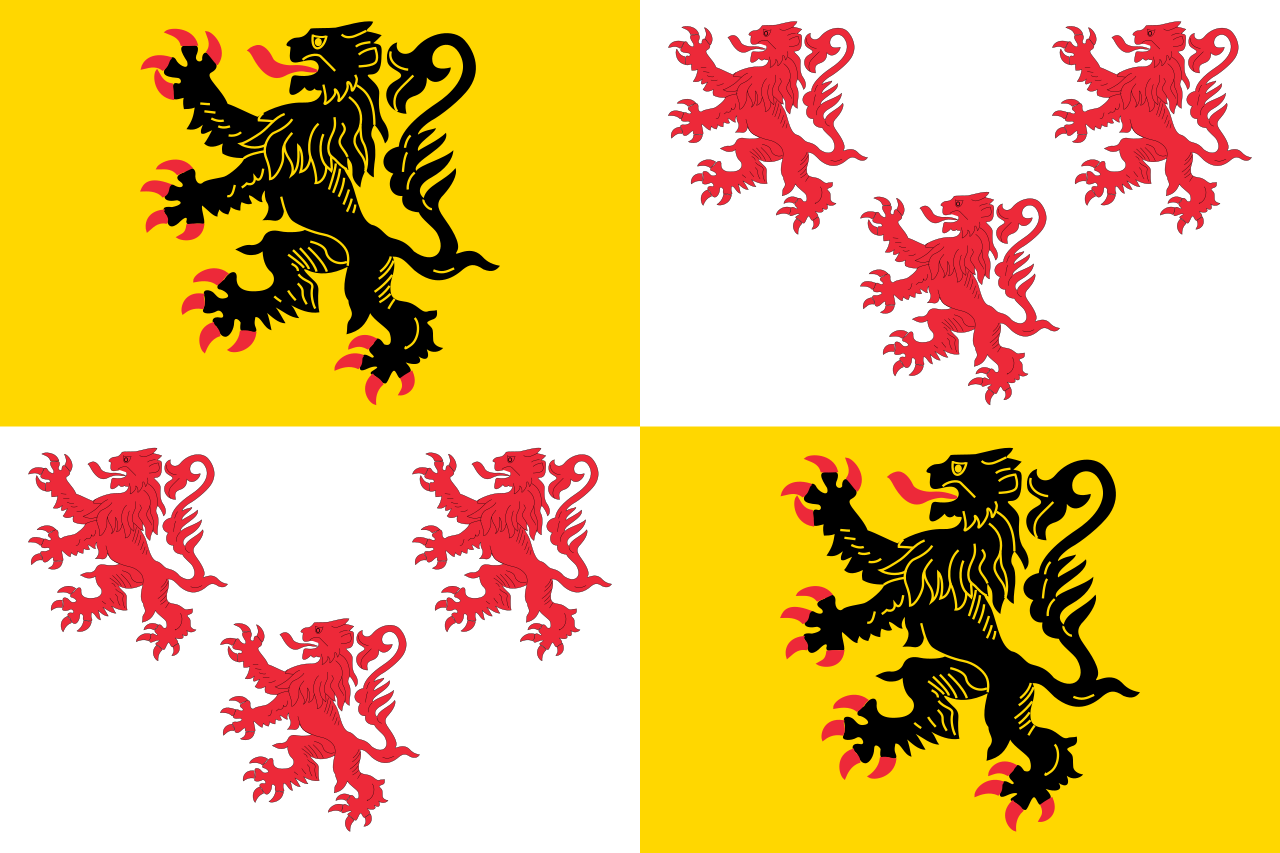 Hauts-de-France
Hauts-de-France

 Ile-de-France
Ile-de-France
 Libya
Libya

 Madrid
Madrid
 Niger
Niger
 Portugal
Portugal

 Provence-Alpes-Côte d´Azur
Provence-Alpes-Côte d´Azur
 Senegal
Senegal
 Spain
Spain

 Sport
Sport
 South Africa
South Africa
 Tunisia
Tunisia

Die Rallye Dakar (früherer Name Rallye Paris–Dakar) ist ein Rallye-Raid-Wettbewerb, der als die bedeutendste Langstrecken- und Wüstenrallye der Welt gilt. Sie wurde von 1978 bis 2007 einmal jährlich hauptsächlich auf dem afrikanischen Kontinent ausgetragen. Im Jahr 2008 wurde die Rallye Dakar aufgrund einer Terrordrohung abgesagt. Seit 2009 findet sie aus Sicherheitsgründen auf dem südamerikanischen Kontinent statt.
2016 fand die 38. Auflage vom 2. bis 16. Januar in Argentinien und Bolivien statt. Neben einem Prolog von Buenos Aires nach Rosario wurden 13 Etappen und 9246 km Strecke gefahren, 4792 km flossen in die Wertung ein. Aufgrund des Naturphänomens El Niño verzichtete man auf Strecken in Peru.[1]


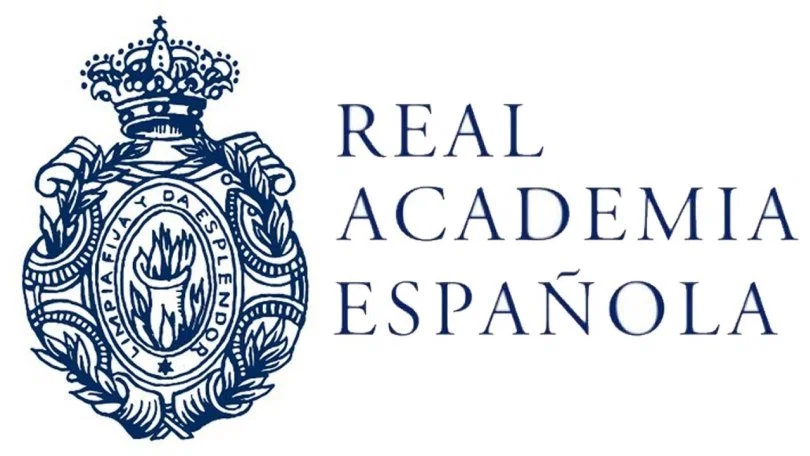

 Audi Cup
Audi Cup
 Carlo Ancelotti
Carlo Ancelotti
 Fabio Capello
Fabio Capello
 José Mourinho
José Mourinho
 Jupp Heynckes
Jupp Heynckes

 Madrid
Madrid
 Primera División
Primera División
 Primera División 2015/16
Primera División 2015/16
 Primera División 2016/17
Primera División 2016/17
 Primera División 2017/18
Primera División 2017/18
 Primera División 2018/19
Primera División 2018/19
 Rafael Benítez
Rafael Benítez
 Spain
Spain

 Sport
Sport
 (F)UEFA Europa League
(F)UEFA Europa League
 UEFA Champions League 2015/16
UEFA Champions League 2015/16
 UEFA Champions League 2016/17
UEFA Champions League 2016/17
 Group F
Group F
 UEFA Champions League 2017/18
UEFA Champions League 2017/18
 Group H
Group H
 UEFA Champions League 2018/19
UEFA Champions League 2018/19
 Group G
Group G
 UEFA Champions League 2019/20
UEFA Champions League 2019/20
 Group A
Group A
 Vicente del Bosque
Vicente del Bosque
 Zinédine Zidane
Zinédine Zidane


























埃斯科里亚尔修道院全称“埃斯科里亚尔圣洛伦索王家修道院”,位于西班牙马德里市西北约50公里处的瓜达拉马山南坡。是世界上最大最美的宗教建筑之一。该 建筑名为修道院,实为修道院、宫殿、陵墓、教堂、图书馆、慈善堂、神学院、学校八位一体的庞大建筑群,气势磅礴,雄伟壮观,并珍藏欧洲各艺术大师的名作, 有“世界第八大奇迹”之称。
埃斯科里亚尔的外观过于庄严肃穆,朴实无华,就像它的总设计师腓力二世一样缺乏情趣。这里集合着王宫、教堂、墓地、图书馆等重要建筑。当同年代的中国明朝万历皇帝在骄奢淫逸时,西班牙的宫廷却像灰暗的“僧侣们的花园”。(Quelle: www.tripdv.com/view/v/zl_34510.html)
埃斯科里亚尔修道院(西班牙语:Monasterio de El Escorial,全称El Real Sitio de San Lorenzo de El Escorial“埃斯科里亚尔圣洛伦索王家修道院”),位于西班牙马德里市西北约50公里处的瓜达拉马山南坡。该建筑名为修道院,实为修道院、宫殿、陵墓、教堂、图书馆、慈善堂、神学院、学校八位一体的庞大建筑群,气势磅礴,雄伟壮观,并珍藏欧洲各艺术大师的名作,有“世界第八大奇迹”之称。
Der Real Sitio de San Lorenzo de El Escorial (Königlicher Sitz Sankt Laurentius von El Escorial) ist eine Schloss- und Klosteranlage, die in den Jahren 1563 bis 1584 auf Initiative des Königs Philipp II. von Spanien nach Plänen von Juan Bautista de Toledo und unter langjähriger Bauleitung von Juan de Herrera in der spanischen Ortschaft San Lorenzo de El Escorial in der Region Madrid errichtet wurde. Die Entfernung zur spanischen Hauptstadt beträgt etwa 45 Kilometer. Die Klosterburg ist der größte Renaissancebau der Welt.
王立サン・ロレンソ・デ・エル・エスコリアル修道院(おうりつサン・ロレンソ・デ・エル・エスコリアルしゅうどういん、Monasterio de El Escorial)はスペイン、マドリッド郊外のサン・ロレンソ・デ・エル・エスコリアルにある広大な宮殿、修道院、博物館にして図書館の複合施設である。サン・ロレンソ・デ・エル・エスコリアルはマドリッドの北西45kmに位置する町(マドリッド県) である[1]。
The Royal Site of San Lorenzo de El Escorial (Spanish: Monasterio y Sitio de El Escorial en Madrid), commonly known as El Escorial (Spanish pronunciation: [el eskoˈɾi̯al]), is a historical residence of the King of Spain, in the town of San Lorenzo de El Escorial, about 45 kilometres (28 miles) northwest of the capital, Madrid, in Spain. It is one of the Spanish royal sites and has functioned as a monastery, basilica, royal palace, pantheon, library, museum, university, school and hospital. It is situated 2.06 km (1.28 mi) up the valley (4.1 km [2.5 mi] road distance) from the town of El Escorial.
El Escorial comprises two architectural complexes of great historical and cultural significance: the royal monastery itself and La Granjilla de La Fresneda, a royal hunting lodge and monastic retreat about five kilometres away. These sites have a dual nature; that is to say, during the 16th and 17th centuries, they were places in which the power of the Spanish monarchy and the ecclesiastical predominance of the Roman Catholic religion in Spain found a common architectural manifestation.[1] El Escorial was, at once, a monastery and a Spanish royal palace. Originally a property of the Hieronymite monks, it is now a monastery of the Order of Saint Augustine. It is also a boarding school (Real Colegio de Alfonso XII).[2]
Philip II of Spain, reacting to the changes of the 16th century, dedicated much of his lengthy reign (1556–1598) and much of his seemingly inexhaustible supply of New World gold to stemming the tide. His protracted efforts were, in the long run, partly successful; however, the same impulse had a much more benign expression thirty years earlier in Philip's decision to build the complex at El Escorial.
Philip engaged the Spanish architect, Juan Bautista de Toledo, to be his collaborator in the design of El Escorial. Juan Bautista had spent the greater part of his career in Rome, where he had worked on the basilica of St. Peter's, and in Naples, where he had served the king's viceroy, whose recommendation brought him to the king's attention. Philip appointed him architect-royal in 1559, and together they designed El Escorial as a monument to Spain's role as a center of the Christian world.[3]
On 2 November 1984, UNESCO declared The Royal Seat of San Lorenzo of El Escorial a World Heritage Site. It is a popular tourist attraction, often visited by day-trippers from Madrid – more than 500,000 visitors come to El Escorial every year.
Le site royal de Saint-Laurent-de-l'Escurial (en castillan : Real Sitio de San Lorenzo de El Escorial) est un grand complexe (monastère, musée, collège bibliothèque, et palais) qui se trouve sur le territoire de la commune de San Lorenzo de El Escorial, située à 45 kilomètres au nord-ouest de Madrid, dans la Communauté autonome de Madrid (Espagne). C'est une ancienne résidence du roi d'Espagne. La Bibliothèque sera la source de tensions diplomatique entre l'Espagne et le Maroc, après que la précieuse collection du Sultan du Maroc Zaidan El-Nasir a été capturée par des vaisseaux espagnols au large du Maroc, elle sera offerte au roi Philippe II qui, sans doute, connaissait l'importance d'un tel trésor et qui l’incorporera dans la bibliothèque de l'Escurial, mais une grande partie de la collection est perdue après l'incendie de 16711.
Le site royal de Saint-Laurent-de-l'Escurial a été inscrit sur la liste du patrimoine mondial de l'Unesco en 1984.
Il monastero dell'Escorial, anche detto di San Lorenzo del Escorial, si trova in Spagna, nella comunità autonoma di Madrid, nel comune di San Lorenzo de El Escorial. Fu fatto costruire da Filippo II come residenza e pantheon dei re di Spagna, fu anche convento e chiesa dal 1563 al 1584. Nel 1984 è stato dichiarato Patrimonio dell'Umanità dell'UNESCO.
El Real Monasterio de San Lorenzo de El Escorial es un complejo que incluye un palacio real, una basílica, un panteón, una biblioteca , un colegio y un monasterio. Se encuentra en la localidad española de San Lorenzo de El Escorial, en la Comunidad de Madrid, y fue construido entre 1563 y 1584.
El palacio fue residencia de la Familia Real Española, la basílica es lugar de sepultura de los reyes de España y el monasterio –fundado por monjes de la Orden de San Jerónimo– está ocupado actualmente por frailes de la Orden de San Agustín. Es una de las más singulares arquitecturas renacentistas de España y de Europa. Situado en San Lorenzo de El Escorial, ocupa una superficie de 33.327 m², sobre la ladera meridional del monte Abantos, a 1028 m de altitud, en la Sierra de Guadarrama. Está gestionado por Patrimonio Nacional.
Conocido también como Monasterio de San Lorenzo El Real, o, sencillamente, El Escorial, fue ideado en la segunda mitad del siglo XVI por el rey Felipe II y su arquitecto Juan Bautista de Toledo, aunque posteriormente intervinieron Juan de Herrera, Juan de Minjares, Giovanni Battista Castello El Bergamasco y Francisco de Mora. El rey concibió un gran complejo multifuncional, monacal y palaciego que, plasmado por Juan Bautista de Toledo según el paradigma de la Traza Universal, dio origen al estilo herreriano.
Fue considerado, desde finales del siglo XVI, la Octava Maravilla del Mundo, tanto por su tamaño y complejidad funcional como por su enorme valor simbólico. Su arquitectura marcó el paso del plateresco renacentista al clasicismo desornamentado. Obra ingente, de gran monumentalidad, es también un receptáculo de las demás artes.
Sus pinturas, esculturas, cantorales, pergaminos, ornamentos litúrgicos y demás objetos suntuarios, sacros y áulicos hacen que El Escorial sea también un museo. Su compleja iconografía e iconología ha merecido las más variadas interpretaciones de historiadores, admiradores y críticos. El Escorial es la cristalización de las ideas y de la voluntad de su impulsor, el rey Felipe II, un príncipe renacentista.


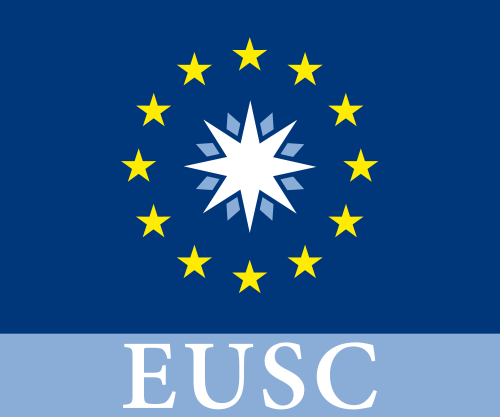
 Architecture
Architecture
 Art
Art
 Motorsport
Motorsport
 Science and technology
Science and technology
 Music
Music
 Colleges and Universities in Europe
Colleges and Universities in Europe
 World Heritage
World Heritage
 History
History
 Religion
Religion
 Energy resource
Energy resource
 Companies
Companies
 European Union
European Union


 Aerospace
Aerospace